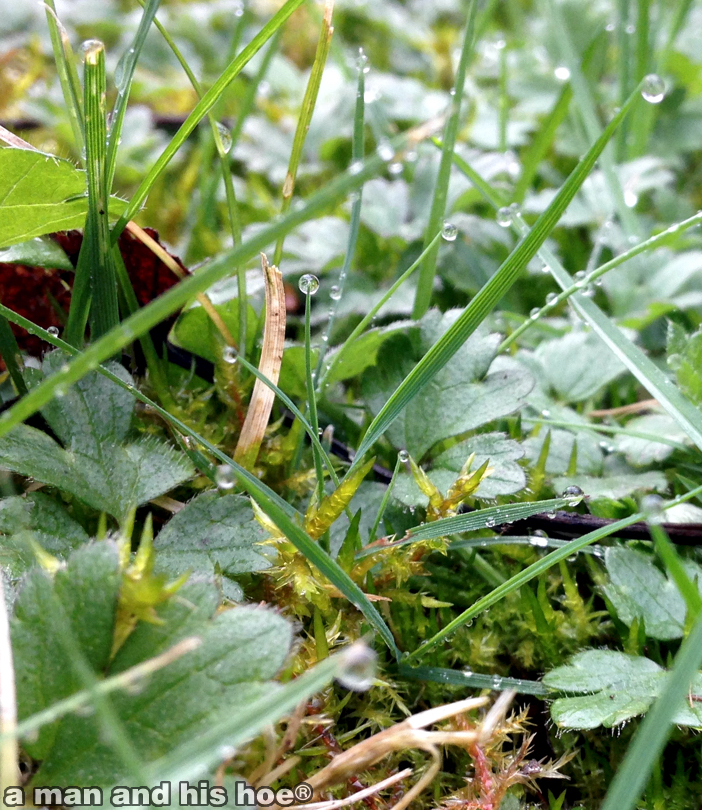Your cart is currently empty!
Month: March 2015
-
Off the Beaten Path

It’s tulip time in the valley. On weekends the traffic jams of tourists eager to see the tulip fields choke the towns and stretch for miles through the tulip fields. Off the beaten path are tulip and daffodil fields where the tourists don’t go. You can stop and enjoy the flowers all by yourself. There are no parking lots with tourist busses, no one to tell you to move along, no chatter, just the sound of the occasional car and the wind stirring the tulip blossoms.
Don’t aske me where. If I tell you, they’ll no longer be off the beaten path.
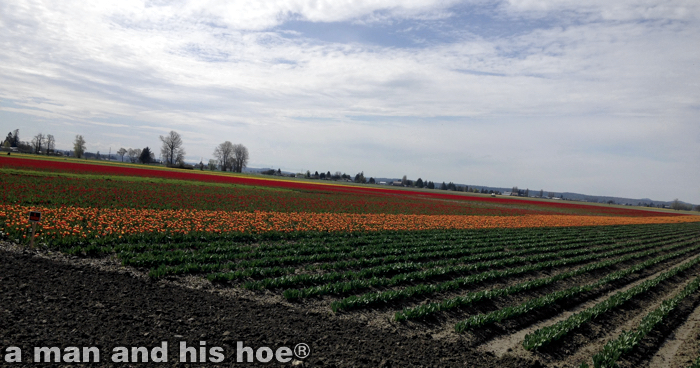
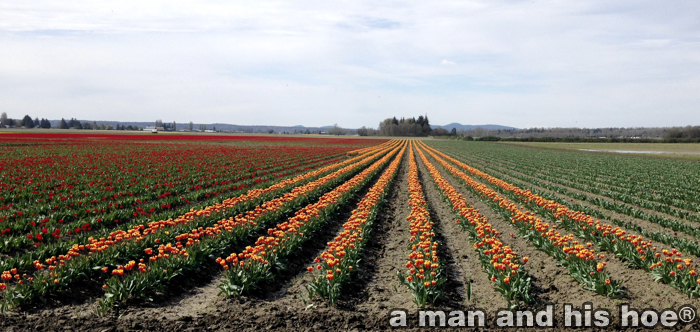
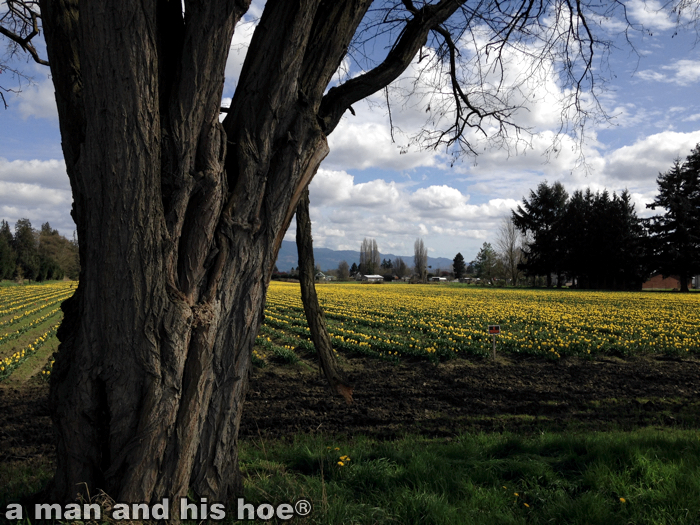

-
Spring Has Hatched

Spring has officially hatched. Around here, spring hatches as much as it springs. Buttercup and her new chicks are in their nursery barn. In a few days she will have them out exploring the world.
This morning when I first went outside, the songbirds were singing from every tree and bush. The names we use for the four seasons don’t adequately describe what is happening. And there are more than four seasons, with some overlapping each other. A better word than “spring” for this area would be “bird song” or maybe “nature singing”. In the morning and evening, the singing of the thrushes, robins, warblers, redwing blackbirds, tits, and other birds is non stop. Once the sun sets, the frogs continue the chorus into the wee hours until the birds pick it up again. Maybe downtown, it’s “honking time” year round, but around here there is nothing but the peace of nature singing. It’s loud, but not noisy. Just a happy, peaceful sound.
The greatest gift we have is this magical earth and it’s abundant life. Why are we so intent on paving and developing it out of existence?
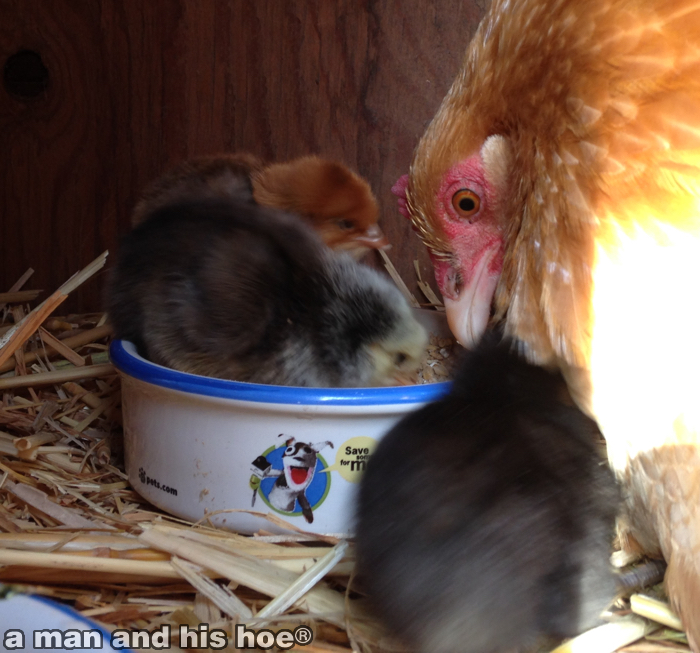

-
Out of the Garden Today – March 25, 2015
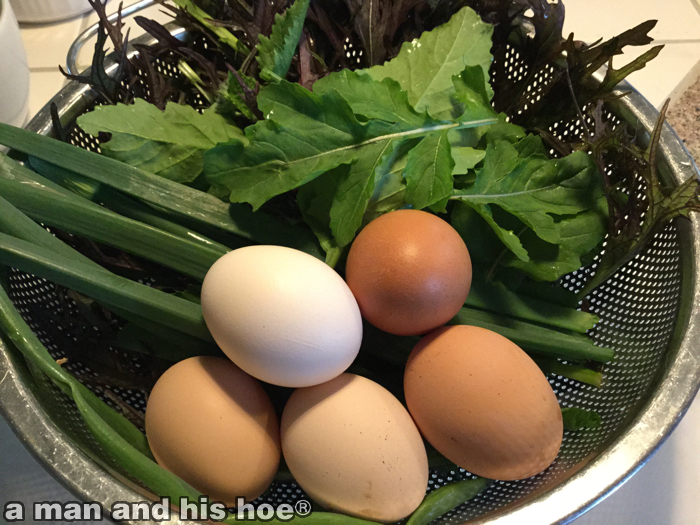
A bowl of fresh greens is a sure sign of spring. Food never tastes as good as when it comes fresh out of the garden while you are cooking. By the end of April, the garden will be overflowing with greens. With most people living in vast urban settings, it’s only a lucky few who get to eat fresh produce. If it’s more than a day old, it’s not really fresh.
-
I Only Have Eyes for You

“I only have eyes for you,” or are the hens saying, “I’m watching you!” Niji-himi 虹姫 is downright hawkish if you get too close to her nest. I wouldn’t put it past her to aim her beak right at my eye if I venture too close. Sunshine, below, is more mellow, as are Tangerine and Ungetsu-hime 雲月姫. When you study their faces, you see how different they all are. The shape and shade of their combs, their eyes, their beaks, their wattles, the color and pattern of their feathers. Their personalities are just as varied as their looks.
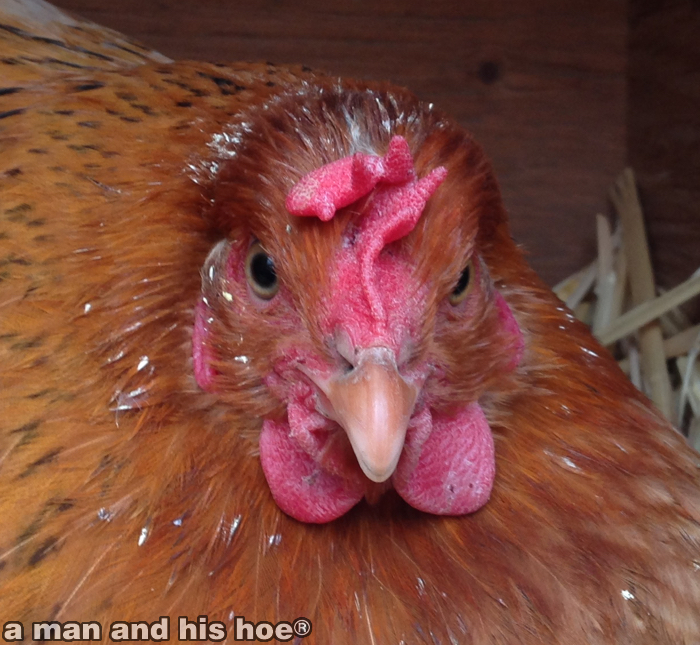
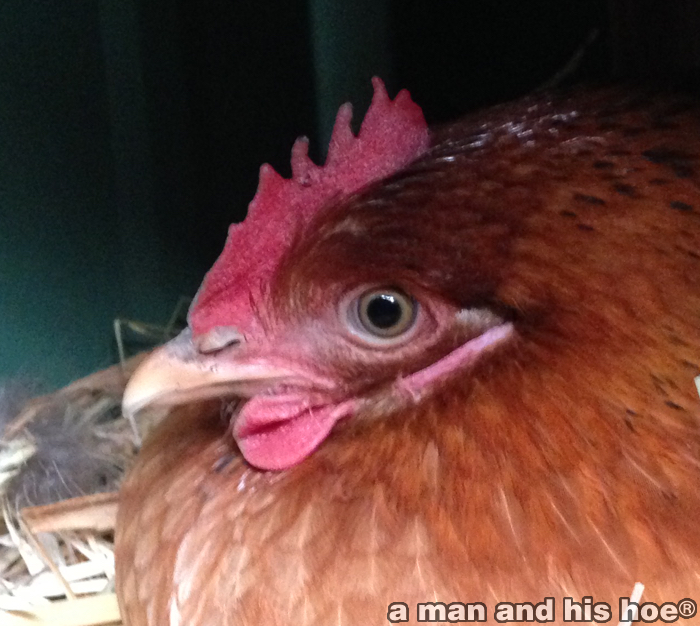
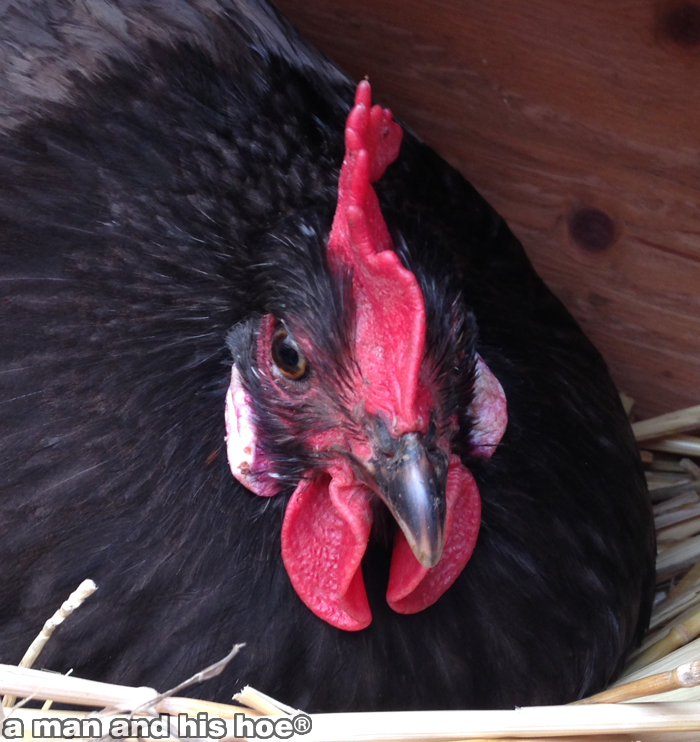
-
The Forest Floor Awakens – Liberate Yourself
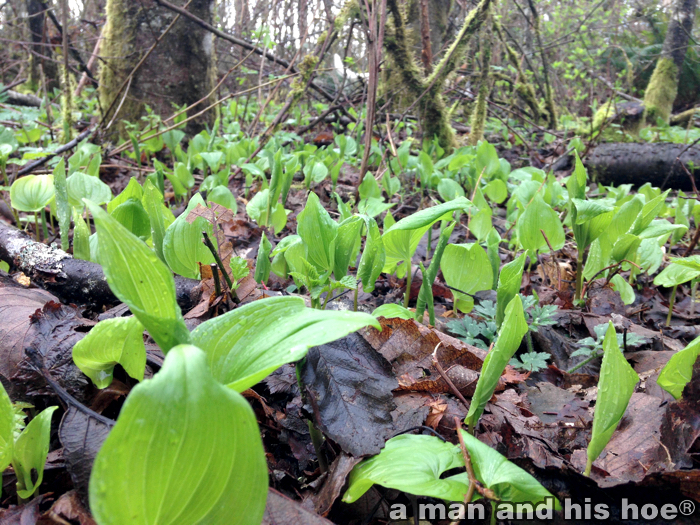
The trilliums, spring beauties, and bleeding hearts are awake and pushing through the fallen leaves. Soon the forest floor will be a carpet of green with pink and white flowers. Can you imagine that almost no chicken ever gets to wriggle her toes in such lush undergrowth? And yet they are birds descended from jungle fowl. With such ancestry, every chicken deserves to spend time every day feeling the lush forest floor between her toes.
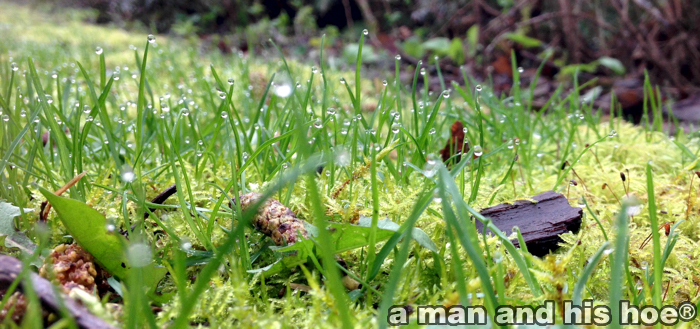
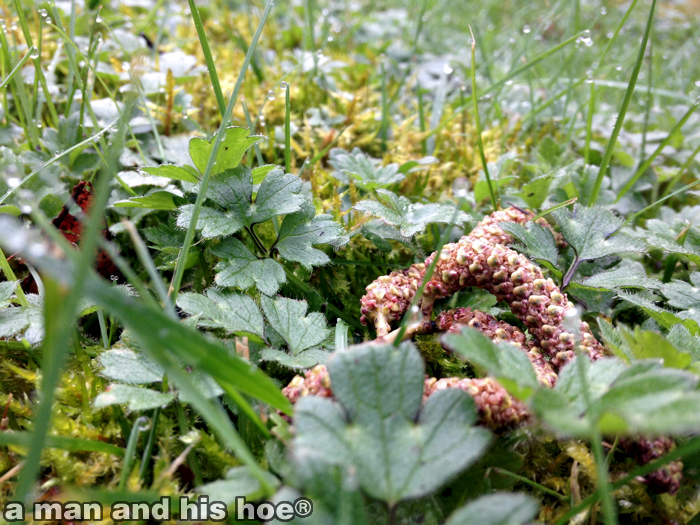
So do humans, when you think about it. We’re descended from forest dwellers too. So why are so many of us walking on concrete all the time? Our feet are made to move over thick carpets of moss and fallen leaves and wet tickling grasses. Feel the dew drops kiss your toes. Reclaim your heritage. Venerate our ancestors of a million years ago. Feel the grass between your toes. Liberate yourself from concrete.
